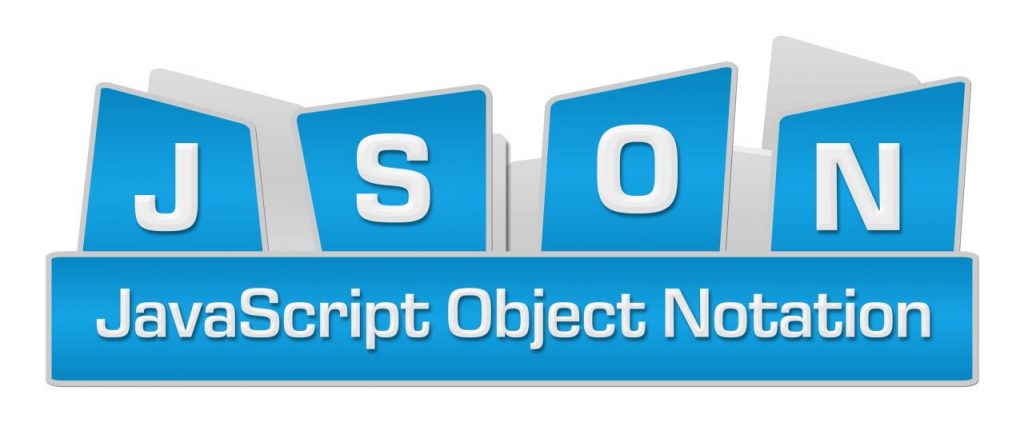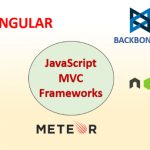JSON – What, How & Why?
by admin
Posted on 08/23/17 1:08 PM

Denoting, JavaScript Object Notation is a lightweight data interchange format. It is easy to read and write by humans, easy to parse and generate by machines.
JSON format was first specified by Douglas Crockford around 2000. The internet media type for Json is application/json with its extension as .json.
What is JSON
JSON is a way of storing information in an easy and organized way. It is language independent and lightweight.
Let’s enclose its quick facts and characterstics in points:It is
☛ It is minimal format for structuring data.
☛ It is currently supported by every major programming paradigm.
☛ It is very easy to read and write.It is based on
☛ It is based on subset of Javascript language.
☛ It is much much lightweight.
How – To JSON
Here, we’ll have a quick look into the syntax of JSON, which is considered as subset of javascript syntax.
The syntax includes:
☛ Representation of data in name/value pairs
☛ Curly braces {} holding objectsE
☛ Each name followed by semicolon ‘:’
☛ Name/Value pair are seperated by comma (,)
JSON supports two set of data structures:
☛ Name and value pairs
☛ Ordered list of values
Various Data types supported by JSON:
1. Strings
2. Number
3. Boolean
4. Array
5. Object
6. Whitespace
7. Null
Why JSON
Use JSON in following cases:
☛ For exchanging data
☛ Sending data
☛ Receiving data
☛ Storing data
Other practical applications of JSON includes:
☛ Used while writing Javascript based applications
☛ Used to transmit data b/w server and web application
☛ Used with modern programming languages
Wrapping Up
JSON is pretty great way for exchanging data – simple, easy and ready to use. You can think of it, as, adding an additional file to your JS program. You can learn more on it at json.org.
That’s it for now! See you again with my another interesting blog post. 🙂
Categories
-

JavaScript Frameworks
02/27/24 12:46 PM
-

API First Development
02/22/24 6:19 AM
-

Mobile Commerce: The Future of Online Shopping
02/22/24 6:09 AM
-

What is ChatGPT? Exploring the Latest Trends
02/22/24 5:57 AM
-

The Power of AI in App Development
02/5/24 7:44 AM
